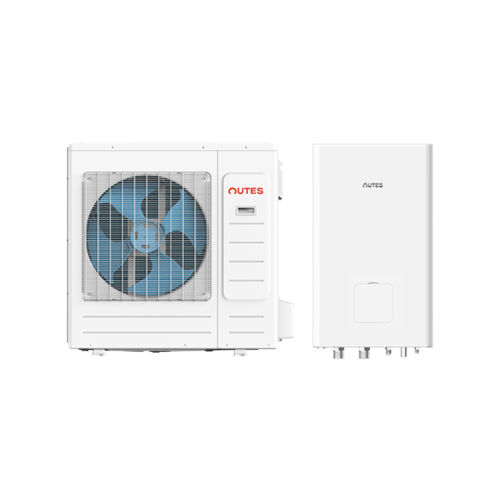How can I customize TSP vertical slurry pumps?
# Customizing TSP Vertical Slurry Pumps.
## Overview.
TSP vertical slurry pumps are essential equipment for handling abrasive and corrosive slurries in various industries. Customizing these pumps to meet specific requirements can optimize their performance and efficiency. Here is a step-by-step guide on how to customize TSP vertical slurry pumps.
### Step 1: Identify Requirements.
Before customizing a TSP vertical slurry pump, it is crucial to identify the specific requirements of the application. This includes determining the flow rate, head, material composition of the slurry, and any special operating conditions that need to be taken into account.
### Step 2: Select Pump Size and Type.
Based on the identified requirements, choose the appropriate size and type of TSP vertical slurry pump. Consider factors such as pump capacity, shaft power, and impeller size to ensure the selected pump meets the desired performance criteria.
### Step 3: Material Selection.
Selecting the right material for the pump components is essential to ensure durability and reliability. Depending on the abrasive and corrosive nature of the slurry being handled, choose materials such as rubber, polyurethane, or high-chrome alloys for optimal wear resistance.
### Step 4: Impeller Design.
See also:Everything You Need to Know About Rubber Parts for Slurry Pump
Upgrade Your Equipment with AHR Rubber Slurry
Vertical inline pump: Are they the future of water distribution?
Understanding the Operation of Vertical Centrifugal Pumps
Everything You Need to Know About Vertical Centrifugal Pump
TSP Vertical Slurry Pumps Contractor: Your Solution to Efficient and Reliable Pumping Needs
The Ultimate Guide to Inline Vertical Pumps
Customizing the impeller design can significantly impact the pump's efficiency and performance. Consider factors such as impeller diameter, number of vanes, and blade angles to optimize the pump's hydraulic efficiency and minimize wear.
### Step 5: Drive Configuration.
Choose the appropriate drive configuration based on the power source available and the desired operating speed. Options include direct drive, belt drive, or gearbox drive, each offering its own advantages in terms of efficiency and maintenance requirements.
### Step 6: Sealing Solutions.
Selecting the right sealing solution is crucial to prevent leakage and ensure the pump's reliability. Choose between options such as gland packing, mechanical seals, or expeller seals based on the specific requirements of the application.
### Step 7: Testing and Commissioning.
Once the TSP vertical slurry pump has been customized according to the specific requirements, it is essential to conduct thorough testing and commissioning to ensure that it meets the desired performance criteria. This includes testing the pump under operating conditions to verify its efficiency and reliability.
By following these steps, you can effectively customize TSP vertical slurry pumps to meet the unique requirements of your application, ensuring optimal performance and longevity.
For more tsp vertical slurry pumps custom, cantilever gravel pump distributors, ahr rubber slurry pump replacement leadinginformation, please contact us. We will provide professional answers.
See also:Maximizing Efficiency with TAH Slurry Pump
Is the 100HS Hydraulic Submersible Pump Worth It?
How to Choose a Slurry Pump 101
10 Questions You Should Know about Large Capacity Slurry Pump
10 Questions You Should Know about Slurry Pump Wet End Parts
Exploring the Power of Vertical Immersion Pumps
Revolutionizing Mining Industry: Electric Pumps on the Rise?





